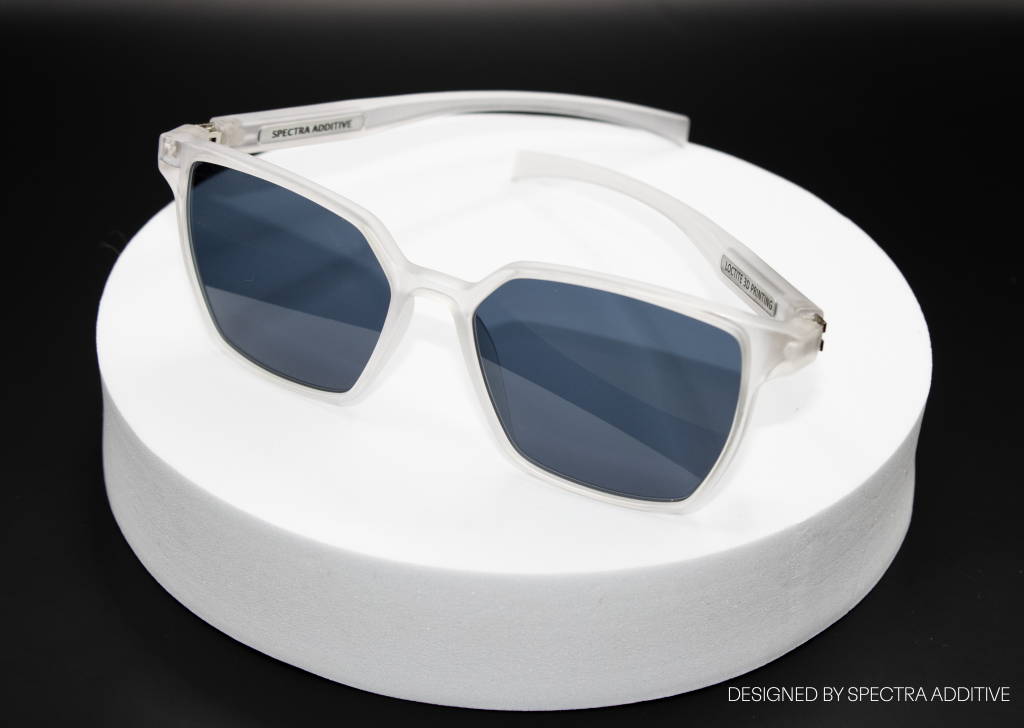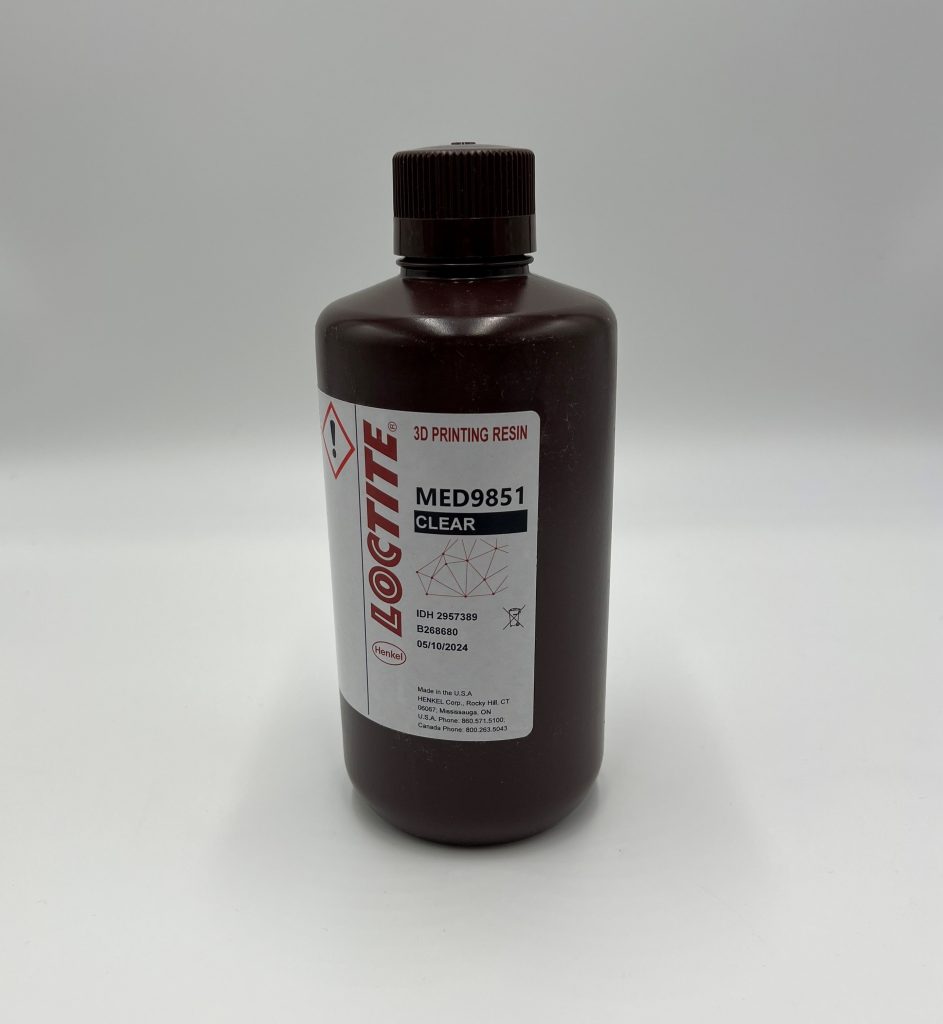Spectra Additive, a company leveraging DLP (Digital Light Processing) technology from Austrian manufacturer GENERA, has embarked on a mission to produce high-quality eyewear frames. Partnering with material specialists Henkel, Spectra Additive employs Henkel’s Loctite® 3D MED9851 resin, which Florian Fischer, founder and CEO of Spectra Additive, describes as “close to perfection.” This partnership has enabled the company to achieve industrial-scale production of glasses frames with unparalleled quality and repeatability.
Having commenced full-scale production in December 2023, Spectra Additive aims to achieve 80% production capacity within the first year and has an output goal of 30,000 frames in 2025. But what makes 3D printed eyewear such a promising market, and how does Spectra Additive plan to capitalize on this trend?
For Florian Fischer, “3D printing represents a revolutionary frontier yet to be fully realized”. In his view, the potential of 3D printing extends far beyond current applications, particularly in the realm of eyewear production. Fischer is keen to highlight a novel approach for businesses seeking to scale production using the DLP technology.
Is 3D Printed Eyewear a Growing Market?
According to Fischer, Europe currently leads the market in 3D printed eyewear frames, with a substantial portion produced annually using SLS (Selective Laser Sintering) technology. Spectra Additive anticipates significant growth in the global 3D printed eyewear market, particularly due to the challenges posed by medical class 1 certification requirements.
Fischer explains, “Certifying frames produced without adequate manufacturer information poses a significant hurdle.” This challenge creates an opportunity for 3D printing to fill the gap, especially with technologies like SLS and DLP gaining traction in eyewear production.
“DLP won’t be a substitute, but it will be somewhere on the same level as SLS due to its completely different aesthetics: It has a distinct surface finish and a special look and feel,” stated Fischer. “Every manufacturing method or every manufacturing process has its benefits, and DLP will further increase the overall market.”

Henkel’s Loctite® 3D MED9851: Optimized for Eyewear
Henkel’s Loctite 3D MED9851 resin stands out for its compatibility with DLP printers offering precision and quality to produce 3D print eyewear frames. Fischer emphasizes the meticulous selection process that led to partnering with Henkel, citing their expertise in formulating resins tailored for specific applications.
Loctite 3D MED9851 boasts properties optimized for eyewear, including durability comparable to traditional acetate frames and high elongation at break. Additionally, the material meets stringent safety standards, ensuring biocompatibility and compliance with cytotoxicity and sensitization regulations for medical-grade products, which will be important for pending regulatory changes for eyewear in the European Union.
Aligned with its quality standards, Henkel provides validated workflows and comprehensive data on the product on its website. This includes detailed information on properties, testing methods, and certifications, further enhancing transparency and accessibility for users.

The Value of 3D Printing for Eyewear
Spectra Additive relies on GENERA’s G2 DLP 3D printer and F2 post-processing system to produce MED9851 eyewear frames. This integrated system streamlines production, offering quality control and repeatability crucial for industrial-scale manufacturing.
Beyond quality and repeatability, sustainability is a driving force behind Spectra Additive’s adoption of 3D printing. Fischer underscores the significantly reduced CO2 footprint of the DLP technology, which is not only more sustainable than conventional manufacturing methods but also consumes 90% less energy than its SLS counterparts.
Moreover, additive manufacturing facilitates localized production, enabling flexibility in design and reducing reliance on overseas suppliers. This flexibility empowers customers to customize styles and differentiate themselves in the market.
Looking Ahead
As Spectra Additive continues to expand its production capabilities and refine its processes, the future of 3D printed eyewear looks promising. With a focus on innovation, sustainability, and quality, Fischer and his team are poised to redefine the eyewear industry, one frame at a time.
What does the future of 3D printing hold?
What near-term 3D printing trends have been highlighted by industry experts?
Subscribe to the 3D Printing Industry newsletter to keep up to date with the latest 3D printing news. You can also follow us on Twitter, like our Facebook page, and subscribe to the 3D Printing Industry Youtube channel to access more exclusive content.
Are you interested in working in the additive manufacturing industry? Visit 3D Printing Jobs to view a selection of available roles and kickstart your career.
Featured image shows Sunglasses frames 3D printed with Henkel’s Loctite MED9851. Photo via Henkel.


